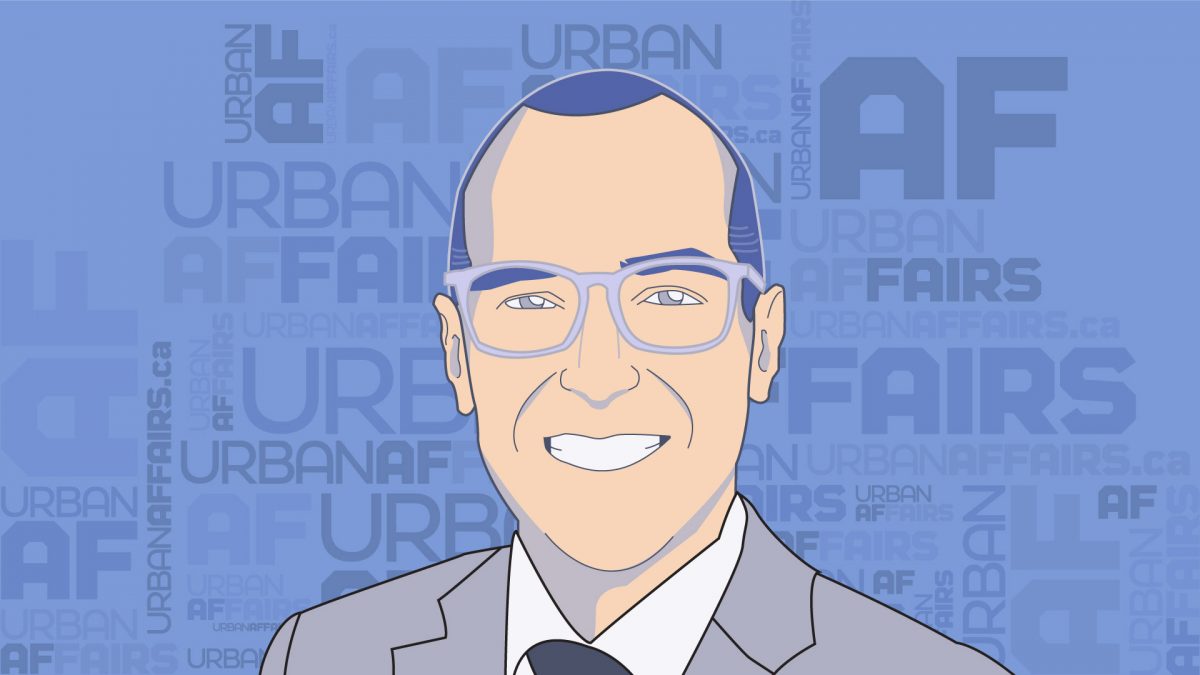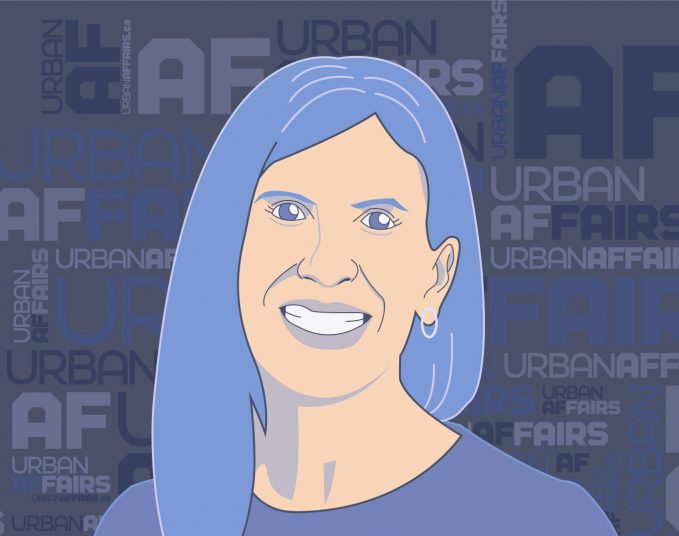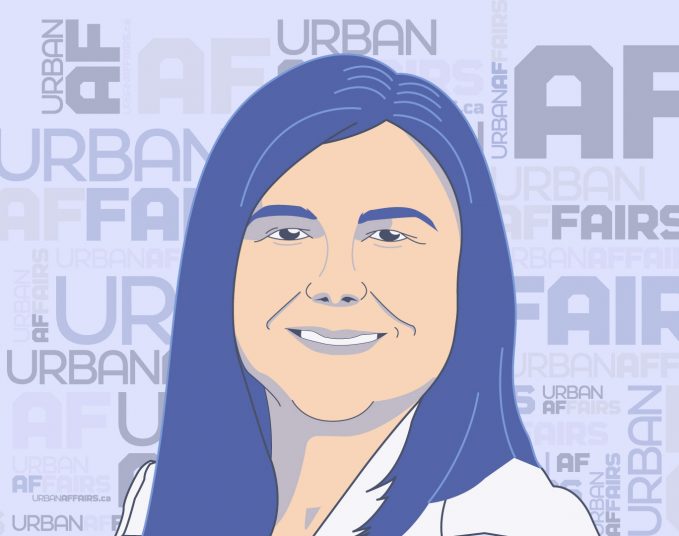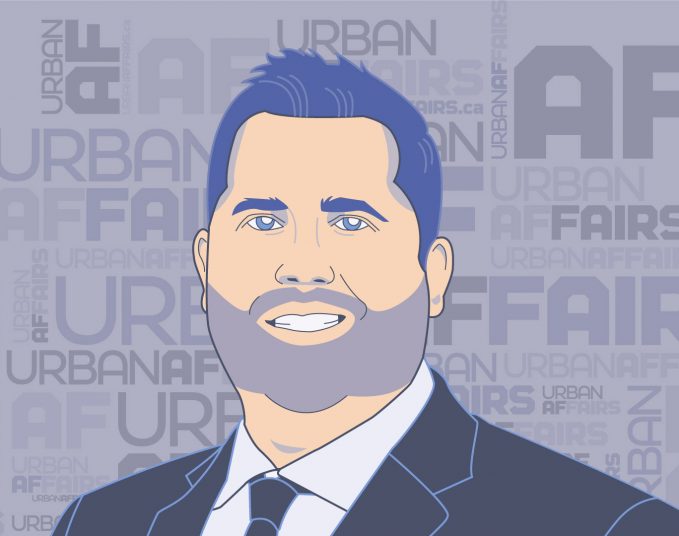After the 2021 municipal election, Andrew Knack found himself in an unusual position.
He was under 40 and entering his third term on Edmonton City Council. That’s young when you think of the incumbents who win over and over again in municipal elections.
But, after voters elected eight rookies to council, Knack became the veteran. Within a day of the election, he had contacted all of the councillors-in-waiting, telling them his door was open and he’d be available to answer questions to help them get acclimated to their new jobs.
When it comes to municipal governments, no matter where you go in Canada, incumbents often get re-elected. City councils, county councils, town councils — they are filled with veterans. It’s not unusual to see elected officials who have been on their councils for 15 years or more. So this Edmonton City Council is unusual, with so many new faces and no long-standing veteran.
“When I saw the results come in, I realized this term was going to be far different than I was expecting,” says Knack, who represents Ward Nakota Isga, which includes established neighbourhoods like Glenora and Crestwood, but stretches all the way to the western border of the city.
“This has been an incredible opportunity for me, I’ve really cherished it,” says Knack of his role as the “old man” of council. “I cherish the opportunity to answer questions and provide advice, but not in a ‘do it this way, because this is what Old Man Andrew says’ kind of way. I’m not shaking my fist at clouds, I just want to help.”
He recalls that when he was first elected, it took him about a year-and-a-half to really get the lay of the land at City Hall: where to go to find answers to questions; how to be more efficient at meetings. So, with two-thirds of council being new, he knows there will be growing pains. He says City Council meetings have gotten longer because more questions are being asked of administration and councillors are still on learning curves.
“It’s been exhausting, to be perfectly honest.” he says. “I’ve never felt busier than in the last seven months. I’ve never had more to do. I’ve never had more correspondence.” He expects that, as time goes on, things will run more smoothly.
“To their credit, they know they don’t know it all. And, spoiler alert, I still don’t know it all, nine years in. You have seen in the past, when someone is elected and they think they knew it all and, therefore, were unwilling to open their mind to different perspectives. This group is interested in hearing different perspectives. They don’t always listen to the advice I give, and that’s perfectly fine. I don’t expect them to. But the fact they are willing to seek out knowledge from me and many others, that’s great to see.”
The Big Plan
This rookie-laden council does have some big decisions to make when summer break is over. This is an important budget year as Council frames how the next four years will play out.
Knack says some big “pay now, so we don’t have to pay even more later” actions need to be taken. Achieving the goals of the City Plan — to build walkable, bikeable, 15-minute neighbourhoods — will require investments so zoning adjustments can be made and it becomes easier for infill projects to be kickstarted.
To reach the goals of the City’s Community Energy Transition Strategy will also require investment — hundreds of millions of dollars worth of it. But, the way Knack sees it, if we don’t plan to spend hundreds of millions on initiatives now, we could be stuck with consequences that will cost the city billions a decade or two down the road.
How is that? As Knack explains, the City is currently undertaking a plan to spend $1.6 billion on flood mitigation infrastructure. History tells us that the worst flood to happen in this city came back in 1915, when 2,000 residents were displaced as the North Saskatchewan River surged.
But, thanks to climate change, our generational flood — whenever it comes – will likely be even more severe. That means the city has to spend money to prepare for it. This is how warming weather patterns cost us money, and we don’t even get into damage to roads, homes and businesses (and potential loss of life) if the flood hits.
There’s more. A warming climate messes with our roads and buildings. There are greater risks of fires. So, up-front investments, in Knack’s mind, are needed to ensure we don’t have to create another catch-up program like the flood mitigation strategy.
“You still have to pay hundreds of millions up-front to do what you need to do,” Knack says. “The costs we could face in 10 years or 20 years could be far more than $1.6 billion if we don’t do what we have to do.”
Ensuring City buildings meet emissions standards, embracing what hydrogen power can do for the City and planting two million trees by 2030 are all part of the climate plan. On the transportation side, Knack admits the lack of express bus service “is getting to the point where it’s a little bit sad.”
Sure, the LRT is being expanded, but there are still many neighbourhoods in Edmonton where the car is basically the only option.
“Are we providing clear choices for alternatives?” asks Knack. “We have a clear opportunity to invest in bus rapid transit.”
Way Out West
But how to pay for it all? Well, look at any wealthy community (cough, Strathcona County) and you’ll see a vibrant industrial area that generates needed tax revenue. Taxing homeowners, in the end, doesn’t get a city where it needs to be.
Knack points out that you’ll find half of the unserviced industrial lots in the city in his ward. Many of these spots are west of Anthony Henday Drive. Knack says if the City can service these lots, get them the paved roads and utilities they need, then that area will do a lot better than just have storage yards.
“This is one of our best opportunities to really drive up tax revenue,” he says. “New residential development in the outskirts doesn’t end up paying for itself, but new industrial development does.”
Savvy AF. Blunt AF. Edmonton AF.




